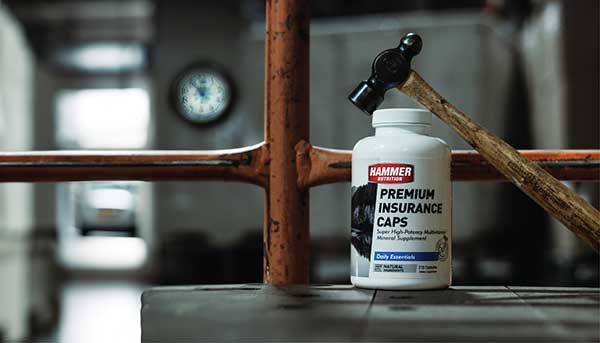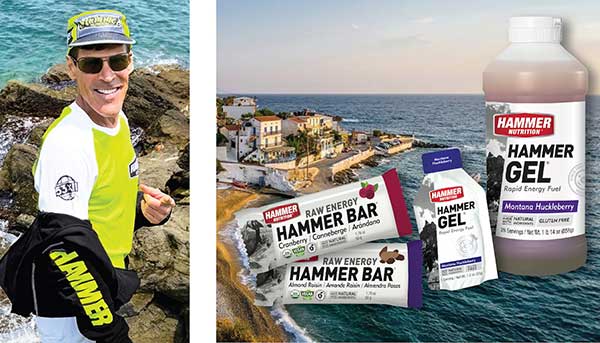BY STEVE BORN
Here's a statement that will most likely have you saying, Wait. What?
Exercise decreases inflammation, but it also increases inflammation. And the exercise-caused increase in inflammation can be either a good thing or a bad thing.
Let me explain: Inflammation is part of the body's immune response to a problem, which is why it is not necessarily a bad thing. It simply depends on the type of inflammation, acute or chronic.
Acute inflammation is short-term, with effects subsiding after a few days. Acute inflammation occurs from things like minor injuries (e.g. cuts, scrapes, sprains) and minor sicknesses (sore throats, etc.), and it's the type of inflammation that occurs after bouts of exercise. Some degree of inflammation is necessary to obtain the benefits of exercise; the body gets stronger by means of the inflammatory response to the stress that occurred in the workout.
Chronic inflammation (a.k.a. systemic inflammation) is long-term, and often referred to as persistent, low-grade inflammation. Although damaged tissue cannot heal without inflammation, chronic inflammation - where the stressor is constant and left unremoved - can eventually cause several diseases and conditions, including some cancers. Excess weight, high-sugar diets, stress, smoking, and more can lead to excessive chronic inflammation.
The exercise/inflammation connection
It's pretty simple: lack of exercise increases the potential for undesirable chronic inflammation, while an intelligent exercise program - one that provides sufficient time for recovery, coupled with high-quality nutrition - decreases the potential. We just have to make sure that we're engaged in regular exercise, without overdoing it. If we keep inflammation occurring courtesy of daily training without sufficient recovery, it can very easily go from productive acute inflammation to unwanted, non-beneficial chronic inflammation.
But I'm sore!
Even though some inflammation is a good thing for your body, that doesn't mean that you have to deal with the soreness. Instead of reaching for NSAIDs, which come with plenty of undesirable side effects, opt for Tissue Rejuvenator instead. It delivers key nutrients to help repair and rebuild joint tissue, maintain its strength and integrity, and provide a plethora of powerful, yet safe, anti-inflammatories.
Make it a habit!
To stave off chronic inflammation and be truly ready for your key events, make sure that you implement rest and recovery days into your workout schedule. To alleviate the soreness that naturally occurs after a tough workout AND to strengthen your joints and their integrity, get in the habit of using Tissue Rejuvenator every single day (workout days and rest days). The beneficial effects are cumulative, so the more consistently you use Tissue Rejuvenator, the better the benefits will be.











